
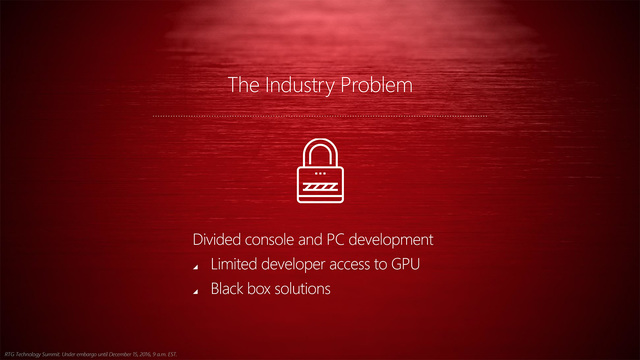

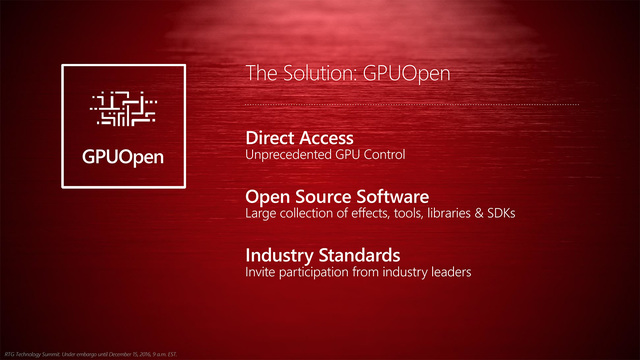

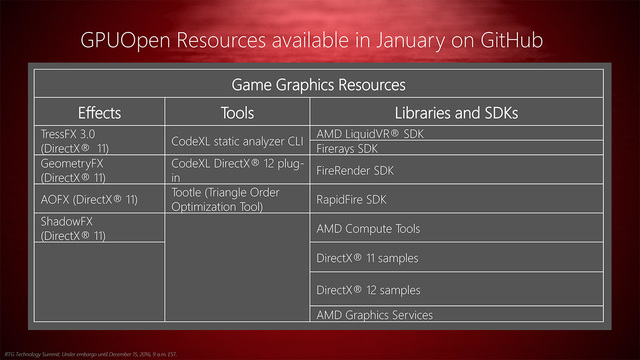

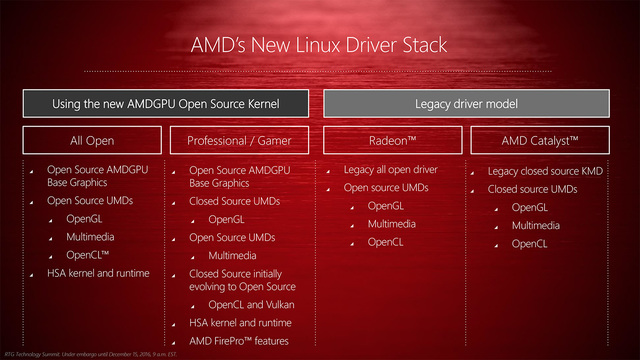

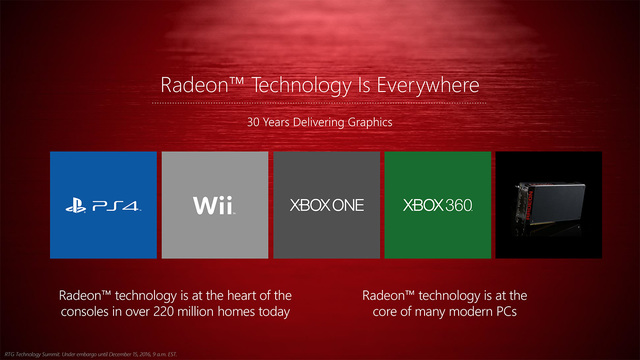
AMD escribió:[..] our Linux Vulkan drivers will only run on the amdgpu kernel driver. We have no plans, on Linux, to support Vulkan on any other driver stack
Our user mode Vulkan driver supports all GCN parts starting from 1.0 (Southern Islands). We use an identical user-mode component on Windows and Linux (compiled for the appropriate target of course). The differences are minimal – window system stuff, and some abstractions of system level things like mutexes and shared memory.

AMD escribió:GPUOpen is based on three principles:
The first is to provide code and documentation allowing PC developers to exert more control on the GPU. Current and upcoming GCN architectures (such as Polaris) include many features not exposed today in PC graphics APIs, and GPUOpen aims to empower developers with ways to leverage some of those features. In addition to generating quality or performance advantages such access will also enable easier porting from current-generation consoles (XBox One™ and PlayStation 4) to the PC platform.
The second is a commitment to open source software. The game and graphics development community is an active hub of enthusiastic individuals who believe in the value of sharing knowledge. Full and flexible access to the source of tools, libraries and effects is a key pillar of the GPUOpen philosophy. Only through open source access are developers able to modify, optimize, fix, port and learn from software. The goal? Encouraging innovation and the development of amazing graphics techniques and optimizations in PC games.
The third is a collaborative engagement with the developer community. GPUOpen software is hosted on public source code repositories such as GitHub as a way to enable sharing and collaboration. Engineers from different functions will also regularly write blog posts about various GPU-related topics, game technologies or industry news.
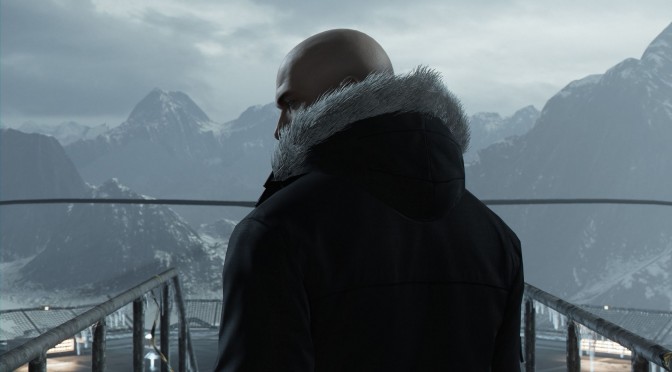

Raja Koduri escribió:El lanzamiento de la especificación Vulkan 1.0 es un gran paso adelante para los desarrolladores. La API de Vulkan, que se derivó de Mantle, traerá los beneficios de la baja sobrecarga de alto rendimiento de gráficos API para el beneficio de aplicaciones multiplataforma y multi propietaria. La promoción de tecnologías abiertas y escalables sigue siendo el foco de AMD, como un pionero en el espacio de baja sobrecarga API. Como miembro de Khronos Group, se enorgullece de colaborar con los líderes de la industria del hardware y software para desarrollar la API de Vulkan para encender la siguiente evolución en el desarrollo de juegos de PC
The release of the Vulkan™ 1.0 specification is a huge step forward for developers. The Vulkan API, which was derived from Mantle, will bring the benefits of low-overhead high-performance Graphics API to the benefit of cross-platform and cross-vendor targeted applications. The promotion of open and scalable technologies continues to be the focus at AMD, as a pioneer in the low-overhead API space. As a member of the Khronos Group, AMD is proud to collaborate with hardware and software industry leaders to develop the Vulkan API to ignite the next evolution in PC game development.





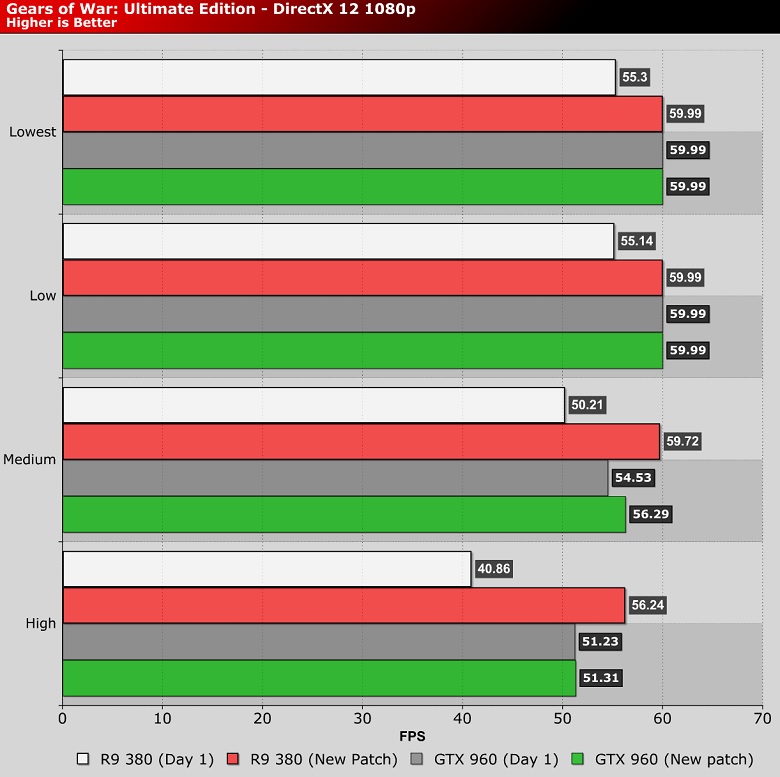

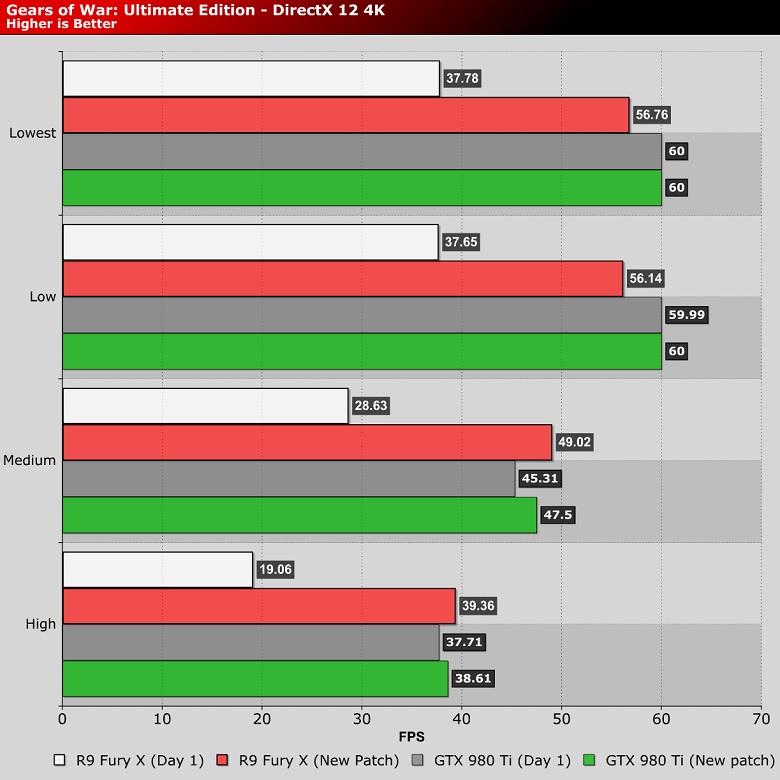
HIP release 0.82
It’s been just under two months since we publicly launched the HIP repository, and I wanted to share a quick update on the work we’ve been doing. About a week ago, we released HIP version 0.82 on the GitHub site. This includes nearly 200 commits – some of the key features:
Release:0.82.00 Date: 2016.03.07
Bump minimum required HCC workweek to 16074.
Bump minimum required ROCK-Kernel-Driver and ROCR-Runtime to Developer Preview 2.
Enable multi-GPU support.
Use hipSetDevice to select a device for subsequent kernel calls and memory allocations.
CUDA_VISIBLE_DEVICES / HIP_VISIBLE_DEVICE environment variable selects devices visible to the runtime.
Support hipStreams – send sequences of copy and kernel commands to a device.
Asynchronous copies supported.
Optimize memory copy operations.
Support hipPointerGetAttribute – can determine if a pointer is host or device.
Enable atomics to local memory.
Support for LC Direct-to-ISA Compiler
Improved free memory reporting.
hipMemGetInfo (report full memory used in current process).
hipDeviceReset (deletes all memory allocated by current process).
A new CodeXL release is out!
For the first time the AMD Developer Tools group worked on this release on the CodeXL GitHub public repository, so the global community had access to all of the source code modifications as the work on this release progressed. Did you follow us? Come join the fun of CodeXL development on the CodeXL GitHub repo.
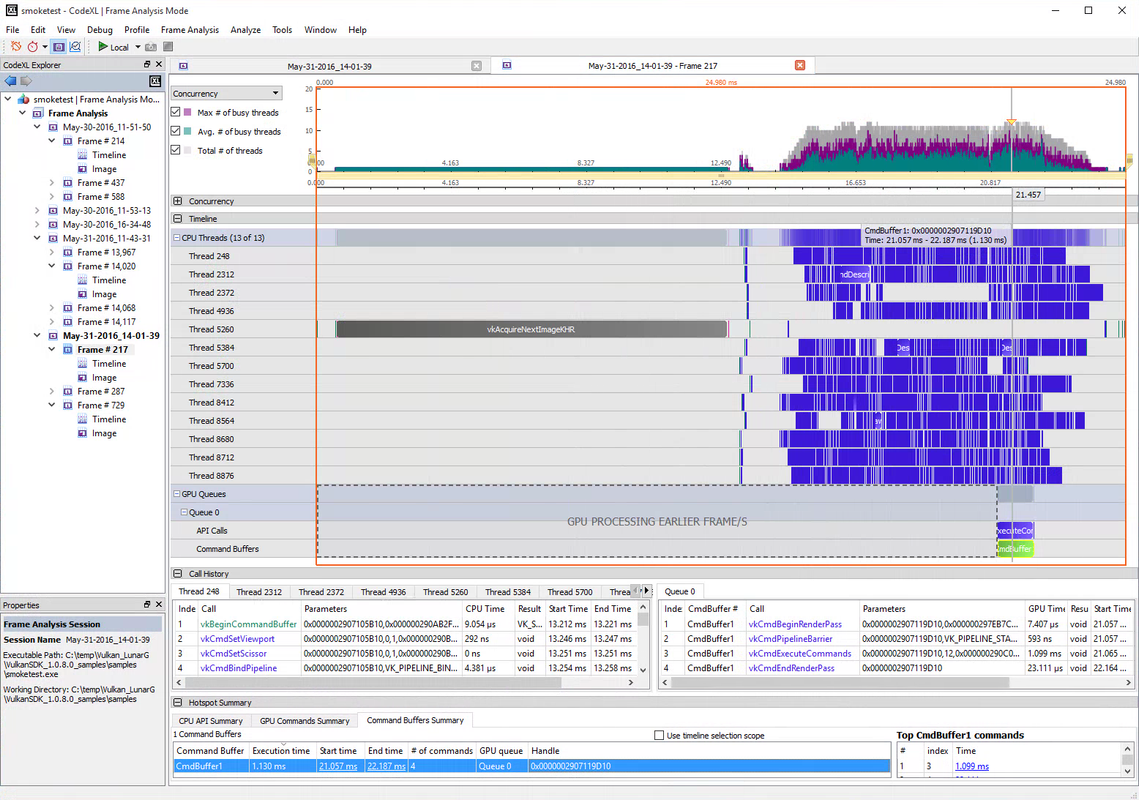
GCN Shader Extensions for Direct3D and Vulkan
The GCN architecture contains a lot of functionality in the shader cores which is not currently exposed in current APIs like Vulkan™ or Direct3D® 12. One of the mandates of GPUOpen is to give developers better access to the hardware, and today we’re releasing extensions for these APIs to expose additional GCN features to developers.
David M. Wong - Wells Fargo Securities LLC
Okay. Great. Thanks, Lisa. And since the launch of your Radeon 480 graphics product end of last month, have you been able to supply to demand for the cards or if not, when do you expect demand will rise to match supply?
Lisa T. Su - President, CEO & Non-Independent Director
Yeah, so, David, we're very pleased with the launch of the Radeon RX 480. We had good supply at major retailers on launch day. Since then, the demand has continued to be strong and so some of the retailers are out of supply. We do see that the 14nm LPP yields are good and we are ramping up production steeply. So we expect that that will equalize as we go through the quarter. We are also very soon going to launch the rest of the Radeon RX family. And so you'll see three products in the third quarter in terms of overall product momentum.
GPUOpen escribió:TrueAudio Next
AMD TrueAudio Next (TAN) is a software development kit for GPU accelerated audio signal processing. As part of the LiquidVR™ technology initiative aimed at enabling a fully immersive and comfortable virtual reality experience, TrueAudio Next enables full real-time dynamic physics-based audio acoustics rendering.
TAN SDK Features
Fast OpenCL™ parallel batch convolution engine
Multi-threaded, multi-queue, real-time architecture
Extendable open source API
CPU and GPU implementations for all functions
Sample applications for GPU acceleration of Virtual Reality audio
Benefits
The TAN SDK provides real time audio applications the ability to leverage the OpenCL™ toolchain and to co-exist with graphics.
Accelerating VR game audio on the GPU frees CPU bandwidth for game physics and AI, while enabling advanced interactive acoustics modeling on many audio streams.
Virtual Reality audio has greatly increased compute requirements:
Conventional gaming audio rendering is only satisfactory for flat screen games
Quality of existing 3D positioning, attenuation and occlusion simulation satisfies the functional needs of FPS gamers
No expectation or even desire for “audio immersion” as it would not match the graphics experience on flat screens
Artificial, studio-derived models are used, and are sufficient for needs (audiophiles aside)
More realistic audio nice-to-have but not essential to the experience of a flat screen game
Virtual Reality demands Presence (Immersion, Suspension of Disbelief)
Presence requires all perceptual aspects including audio to simulate consensual reality
Audio approximations and artificial models break presence – no matter how good the HMD is
People instinctively know the difference between the auditory real world and rough approximations
Our ability to perceive reality through audio cues helped us survive and evolve – we are all audio experts
We don’t need to solve the problem of 3D audio using Head-Related Transfer Functions
This problem has already been solved for about 20 years and runs fine on today’s CPUs
Although necessary, 3D audio alone does not equal audio presence
Physics-derived audio benefits from real-time, time-varying convolution performed on every audio source. TAN Convolution leverages the power of the GPU to provide reliable time-varying convolution for many audio sources.
Most advanced audio algorithms depend on high-performance FFT or FHT (Fast Hartley Transform). The TAN library enables these algorithms to leverage the GPU.
The TAN library may be used in conjunction with Radeon Rays (formerly FireRays) as foundational accelerated algorithms for a complete physics-based audio solution.
Requirements
AMD Radeon™ Software Crimson 16.7.3 (16.30.2311) or later
Microsoft® Windows® 7, Microsoft® Windows® 8.1 or Microsoft® Windows® 10
AMD AMF Library (Version 1.3.0.5 or later)
AMD clFFT Library
Examples are built with Visual Studio® 2013
GPUOpen escribió:The Advanced Media Framework
The Advanced Media Framework SDK provides developers with optimal access to AMD GPUs for multimedia processing. This SDK may be used in developing wireless display, remote desktop, video editing, transcode and playback applications. Specifically, developers can use the AMF SDK for accessing AMD media accelerators for video encoding and decoding and color space conversions.
Advanced Media Framework Benefits
The AMF SDK allows optimization of application performance by utilizing CPU, GPU compute shaders and hardware accelerators for media processing. These optimizations are applicable to a wide range of applications such as gaming or content creation. Programming of AMD Video Engines (UVD and VCE blocks) is also an important part of the functionality that AMF provides to developers.
Requirements
AMD Radeon™ Software Crimson 16.7.3 (16.30.2311) or later
Microsoft® Windows® 7, Microsoft® Windows® 8.1 or Microsoft® Windows® 10
Microsoft® Windows® 10 SDK (Version 10586 only)
AMD APP SDK (Version 3.0 or later)
Examples are built with Visual Studio® 2013 (Visual Studio® 2015 can also be used)
Dfx escribió:Al final trueaudio no estaba tan muerto como decian.
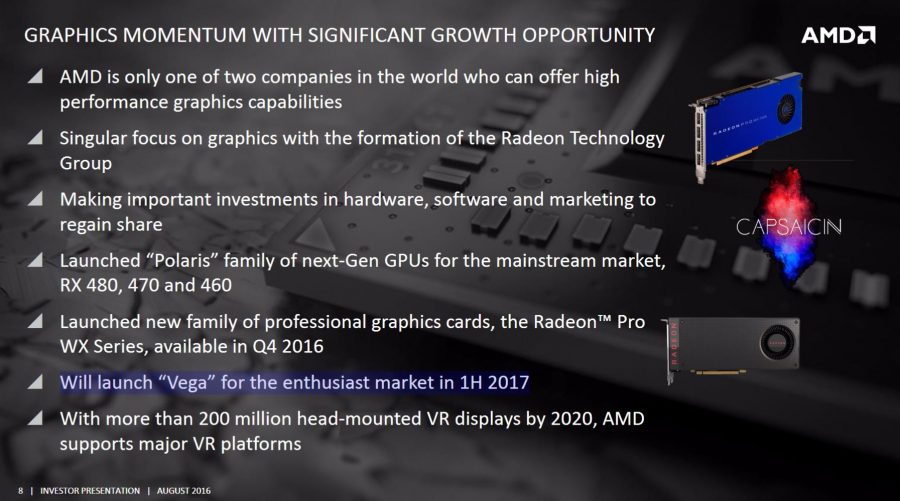
notes release escribió: Support For:
Radeon™ RX 470
Radeon™ RX 460
Performance Improvements:
Rise of the Tomb Raider™ performance increase up to 10% versus Radeon Software Crimson Edition 16.7.2 on Radeon™ RX 480 graphics(1)
Fixed Issues
Overwatch™ may experience an application crash on some Radeon™ RX 480 configurations when using AMD Crossfire mode.
Vulkan™ information in the Radeon Settings software information tab may display an incorrect version.
Radeon WattMan may retain settings of an overclock after it has failed. If you have failed an overclock with a system hang or reboot.
Hitman™ may experience graphical corruption when the game is set to use DirectX®12 API and using zoom with weapons.
Total War™: Warhammer may experience minor graphical corruption in some map textures on AMD Radeon R9 380.
Flickering may be observed in Rise of the Tomb Raider™ on some AMD Crossfire configurations using the DirectX®11 API.
Changing settings in Dragon Age Inquisition™ with the Mantle API may result in an application crash or driver recovery.
DiRT™ Rally may experience flickering terrain in some races when the advanced blending option is enabled in the games settings page.
Display may exhibit a minor flicker on Radeon RX 480 when Freesync is enabled on a games launch or exit.
Shadows may experience rendering issues in DOTA2™ when using the Vulkan™ API.
Textures may experience holes or gaps in DOOM™ when using the OpenGL API and three display AMD Eyefinity configurations.
Need for Speed™ may experience flickering on some light sources in AMD Crossfire mode.
Performing a task switch with two cloned displays during full screen gaming may cause flickering on the extended display.
Known Issues
A few game titles may fail to launch or crash if the AMD Gaming Evolved overlay is enabled. A temporary workaround is to disable the AMD Gaming Evolved "In Game Overlay".
DOTA2™ may experience an application hang when using the Vulkan™ API and changing resolution or game/quality settings.
DiRT™ Rally may experience rain drop flickering in some races when using AMD Crossfire mode.
Displays may fail to revert to previous configuration on exit when using a profiled application launched with Radeon Settings and "Launch with AMD Eyefinity" toggled on.
Assassin's Creed® Syndicate may experience a game crash or hang when in game settings are set to high or greater.
Low frame rate or stutter may be experienced Wolfenstein®: The Old Blood™ on Radeon™ RX 480.
Radeon RX 480 graphics may experience minor flickering in SteamVR benchmark when using AMD Crossfire mode.
Corruption may be experienced in Rise of the Tomb Raider using the DirectX®12 API on some Hybrid Graphics configurations when performing a task switch.
Shader Cache may remain be enabled when set to "off" in Radeon Settings on some Hybrid Graphics configurations.
Radeon RX 480 graphics may experience intermittent stuttering in The Division™ when high game settings are used and vsync is enabled.
Battlefield™ 4 may experience intermittent crashes when using Mantle. As a work around users are suggested to switch to DirectX®11.
Creating two or three display portrait Eyefinity groups in Radeon Settings "quick setup" and then clicking "arranging displays" may cause an error.
Radeon Pro Duo may experience a black screen in Total War™: Warhammer with the games API set to DirectX®12 and V-Sync enabled.
World of Tanks™ may experience stuttering after performing a task switch in AMD Crossfire mode.
Rocket League™ may experience flickering when in AMD Crossfire mode.
DOTA2™ may experience lower than expected performance when in AMD Crossfire mode.
Ashes of the Singularity™ may experience an application crash with "crazy" in game settings and Multi-GPU enabled.

Jeff Kampman, techreport.com escribió:AMD turns on multi-GPU frame pacing for DX12 titles
Here at TR, we've long considered multi-GPU rendering something of a false grail for graphics-performance scaling. Potent multi-GPU cards like AMD's Radeon HD 7990 and R9 295 X2 have tended to deliver world-beating average frame rates in our testing, but our Inside the Second frame-time measures usually put a big fat asterisk next to those cards' numbers. That's because issues with consistent frame delivery have often made those CrossFire-on-a-stick cards feel much less smooth in practice than their astronomical frame rates might suggest.
To get around this problem, Radeons include frame-pacing algorithms in their drivers to make sure that inter-GPU timing issues don't mess with smooth frame delivery too much. At least in the red team's case, that technology apparently wasn't available in DirectX 12 titles—at least until now. AMD tapped some guy from its performance-testing department to explain the technology and its benefits in an informative, concise video that's well worth a watch.
We haven't verified these results for ourselves yet—doing so would require use of an FCAT rig that I don't have set up here. Still, given our history, we're inclined to trust that AMD guy in the video above. DirectX 12 frame pacing for Radeons is available in the Radeon Software 16.10.1 release that hit the interwebs yesterday. If you've got multiple Radeons churning out frames in next-generation titles, you'll most definitely want to install that update post-haste.

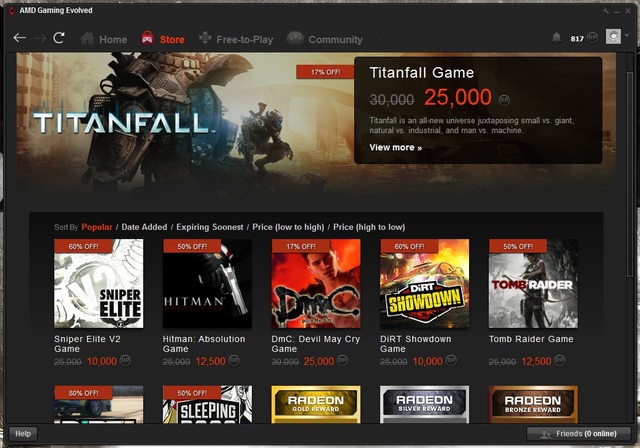


Anthony Garreffa, .tweaktown.com escribió:AMD to drop RX 470 price to $169 to battle GTX 1050Ti
Exclusive: AMD is preparing for a big fight against NVIDIA's purported GeForce GTX 1050 Ti which is expected to be unveiled and released soon, by dropping the price of their mid-range champion graphics card, the Radeon RX 470.
AMD launched the Radeon RX 470 at around $179, but will be dropping the price of the RX 470 by $10, with a fresh new price of $169, according to my industry sources. NVIDIA's GeForce GTX 1050 Ti won't match the speed of the Polaris-based Radeon RX 470, which will be 30% faster - and fully VR-ready (with more performance on the Oculus Rift, thanks to the latest updates unveiled from Oculus during their developer conference, Oculus Connect 3 last week).
NVIDIA is expected to price the GeForce GTX 1050 Ti at around $149, but it won't match the performance of AMD's Radeon RX 470 - and that's going to be a huge win for AMD in the mid-range market where 1080p monitors are dominant. 1080p 60FPS gaming at $159 with VR-ready goodness, and cheaper FreeSync monitors for AMD Radeon owners is a great thing for the 80% of the market AMD is targeting with Polaris.
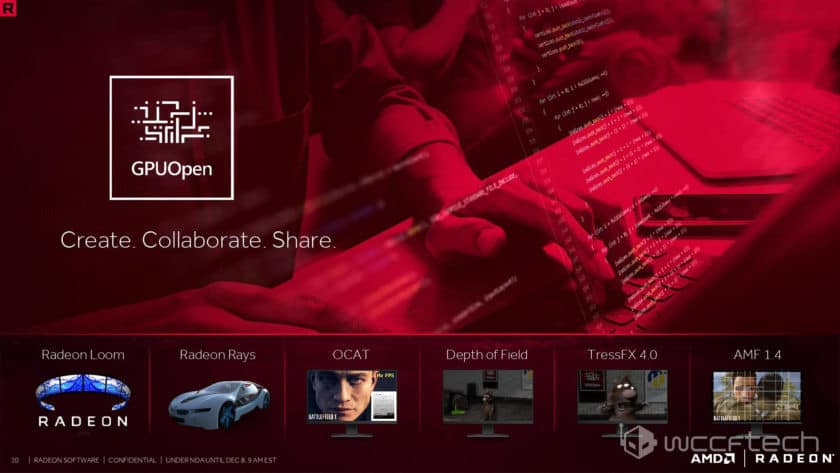
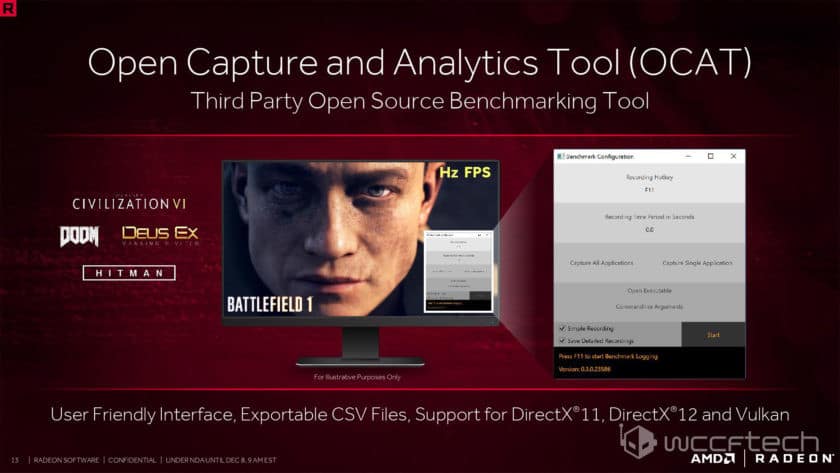
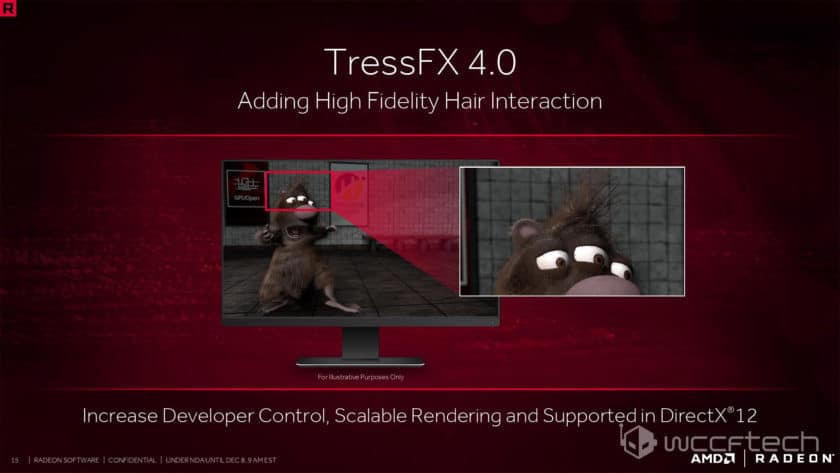
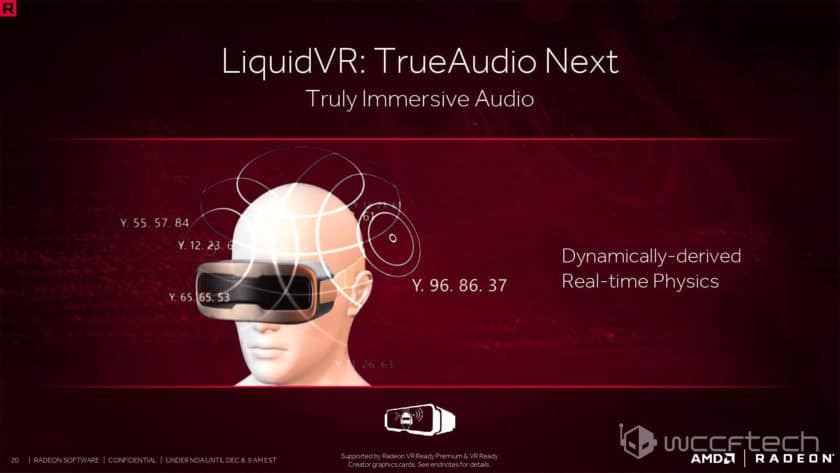
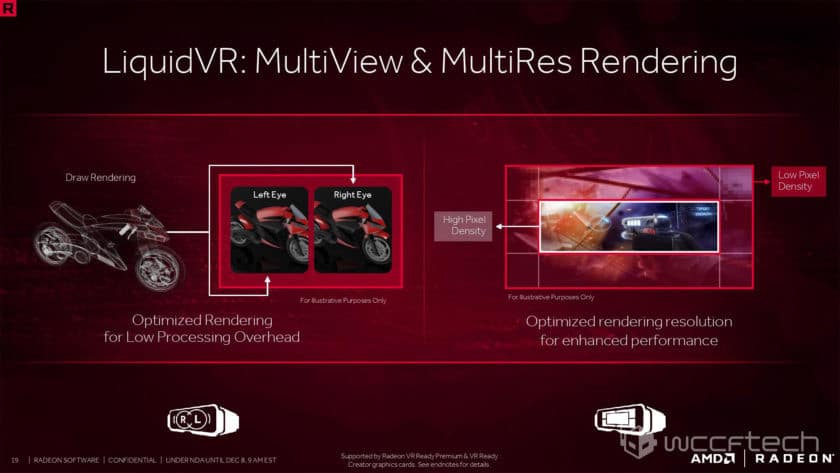
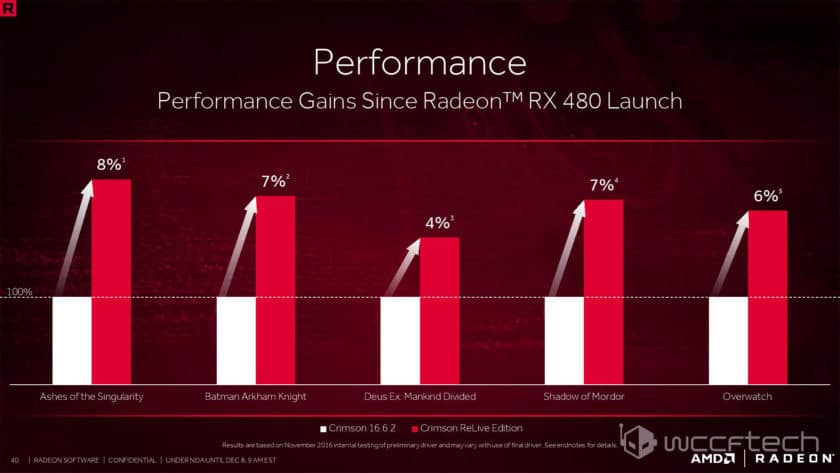




GDC is where developers not only shine, but share how they create everyday gaming magic from raw code, technology, and imagination. On February 28th, we’re beginning the day with our always-spicy Capsaicin livestream, but fiery feasts are best experienced when accompanied by something cool and creamy to satisfy the palette.
This year at GDC, join us on the 28th for our Capsaicin livestream and our Cream developer sessions - insightful and inspiring talks focused on rendering ideas and new paths forward, driven by game industry gurus from multiple companies including Epic and Unity.
The Capsaicin livestream kicks off at 10:30 AM from Ruby Skye, a feature-packed show highlighting the hottest new graphics and VR technologies propelling the games industry forward. The Cream Developer Sessions will start shortly after at 2:30 PM, with a special talk featuring Unity and Epic.







Gnoblis escribió:Y pensar que hace dos páginas en este hilo se hablada de la RX470 por $169 USD y la 1050 Ti por $150 mira los precios ahora



